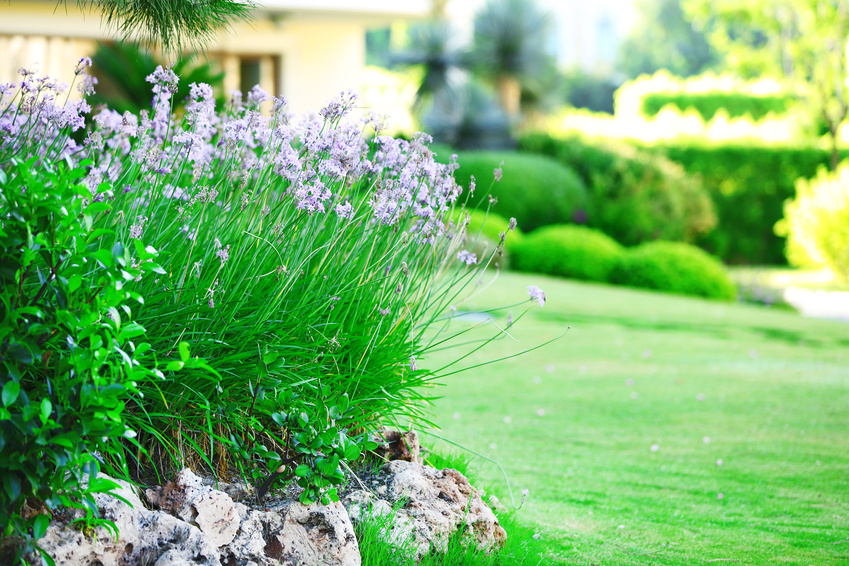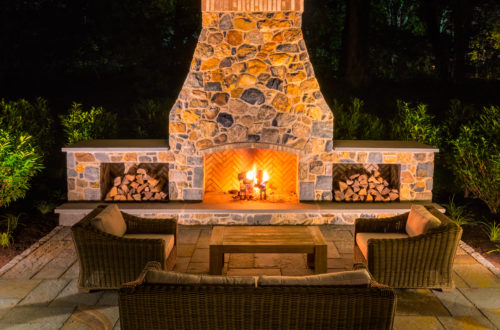As many homeowners know, landscaping can be a highly effective way to make your property more appealing — and more value. In fact, data shows that landscaping can bring a recovery value of 100% to 200% at selling time. But it’s not always about upping your home’s asking price; landscape ideas can also allow you to spend more time in your green space. That’s certainly true of outdoor pathways and walkways. Whether they’re used to guide visitors to your front door or to create a hidden backyard garden, custom paths can add aesthetic charm and practical function to your property.
…That is, if they’re designed and installed in an ideal way. When planning landscaping walkways, it’s important to work with the professionals and to keep these dos and don’ts in mind. As long as you remember these tips, your custom paths will look beautiful and make your yard easier to navigate.
When Creating a Custom Path, Do…
- Consider Your Materials: Your outdoor pathway could be designed with all kinds of materials, from brick and natural stone to gravel or concrete. The materials you pick should match the path’s designed purpose. If you want to provide a clear walkway from the street to your front door, you’ll need a relatively smooth surface. But if your path is intended to be a bit mysterious or encourage guests to take a leisurely stroll, the design might include smaller stones interspersed with grass or foliage. If you have a clear idea of how your path will be used, you’ll have an easier time narrowing down material possibilities.
- Match Your Home’s Aesthetic: When picking out materials and creating designs for your custom path, you should also consider the style of your home and surrounding property. A home with a totally contemporary design might not be aligned with a historic-looking pathway, while a traditional home will look out of place next to an angular walkway that uses modern materials. Your entire property should provide a cohesive experience for occupants and guests. While you may be drawn to several different styles, it’s best to go with the one that complements your home’s existing architecture and decorative choices.
When Designing Outdoor Walkways, Don’t…
- Forget About Safety: Although a path can offer pure visual delight, it can also be a highly practical landscaping feature. Therefore, you will need to prioritize safety and ease of use when designing and installing your walkway. Make sure there are no trip or slip hazards, particularly if the pathway will be used frequently. You may also want to install outdoor lighting around your path to make certain no one falls once daylight becomes scarce. Your pathway should be wide enough to accommodate two people walking side-by-side; it should also be far enough away from walls or other structures to ensure no one feels cramped while using the walkway. This will ensure your path is accessible to all who are invited on your property and that it presents no risk of injury during use.
- Neglect Your Landscaping: Your pathway is a welcome hardscaping element, but it works best when used in conjunction with other landscaping features. In other words, don’t forget about landscaping around your pathway! Adding beautiful flowers, plants, and trees in strategically chosen areas around your path will allow for beautiful views all year round and can make these spots seem even more enchanting. You’ll also add more value to your property by prioritizing plant life in addition to hardscaping installation.
Creating a custom path can add visual interest and functionality to your yard. But to ensure it’s designed and installed properly, you should always refer to the landscaping professionals. To learn more about how we can create an incredible outdoor walkway to complement your landscaping, please contact us today.

